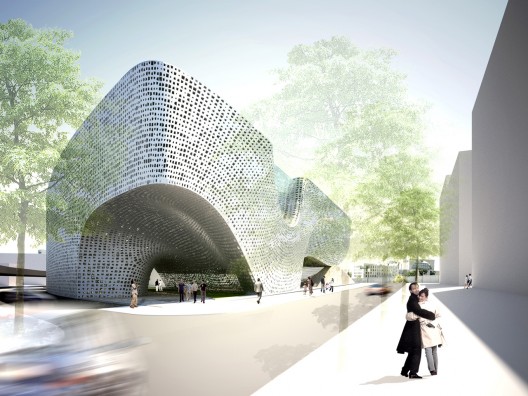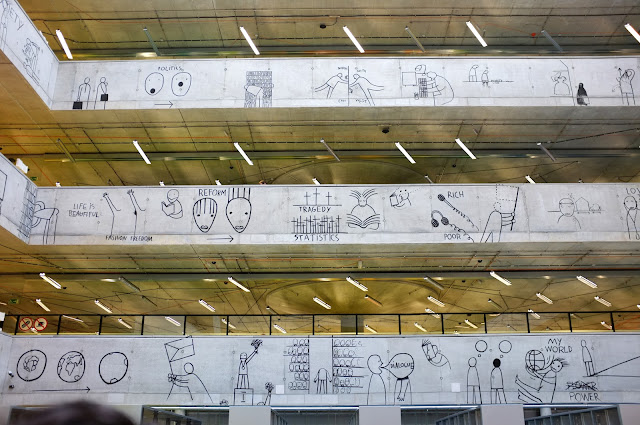In 1923, the 19 year old and soon to be a renowned astrophysicist Carl M. Størmer had just got his hands on a detective's camera.
This was long before the first papparazzis had started to hound celebrities, and they could walk among the public with only minor intrusions from masses of fans (which usually turned them into proper assholes).
The camera he got his hands on was quite similar to the one seen on the picture below. It works by a round light-sensitive plate that could fit six round black and white photographs before the plate would need to be changed. The camera itself would be concealed underneath his vest, with the lens protruding from one of the buttonholes. The shooting sequence would be triggered by pulling a string concealed inside the trouser pocket.
At that time, photography was something that happened in some artists studio, with long exposures, so these instant-exposure cameras was something the public was generally unaware of, which allowed for very interesting pictures, and gives us a unique insight into life in the public sphere at the turn of the century in Christiania (present day Oslo).
 |
| The photographer himself. He took in total 500 self-portraits with his camera. |
The most notable figures he managed to capture on film were Henrik Ibsen, Ivar Aasen, Fridtjof Nansen, Sophus Lie and Kristian Birkeland. (The latter currently on the 200 NOK note)
 |
| Ivar Aasen as an old man. The photographer recalls him looking very ill, and remembers vividly a drop suspended under his nose. |
 |
| Mathematician Sophus Lie, during the march after Fridtjof Nansens return from the Fram-expedition. |









